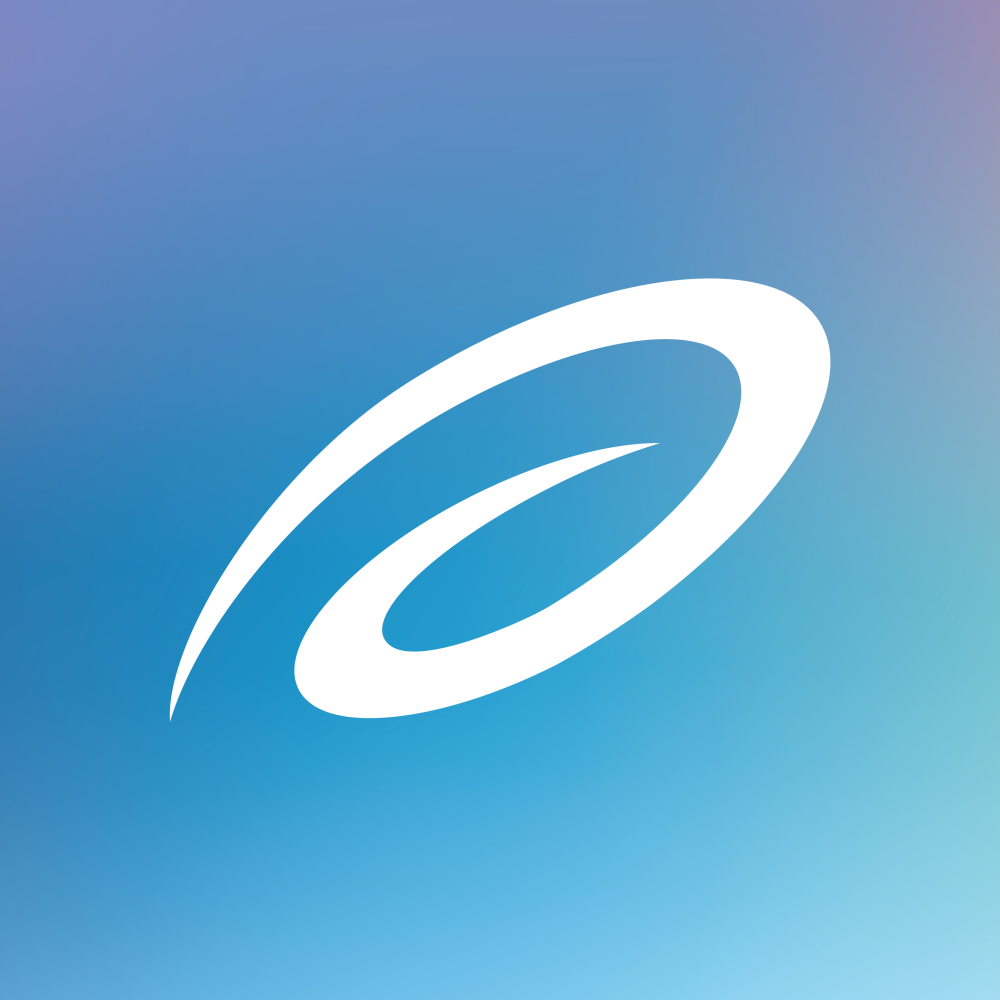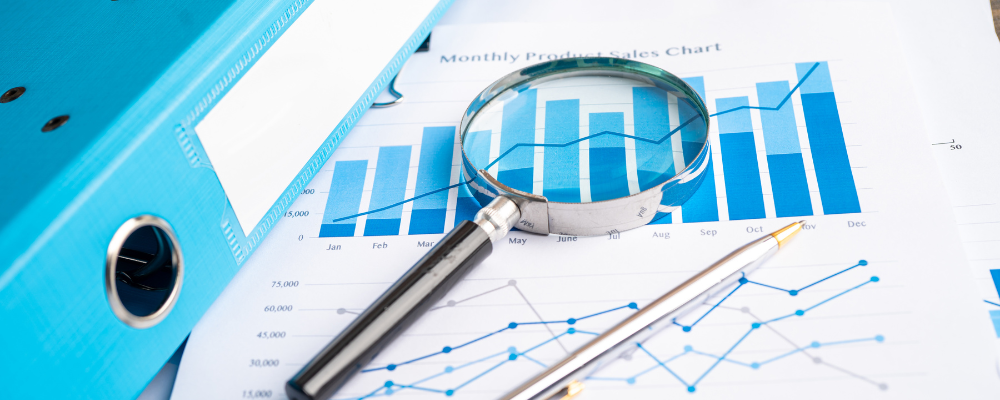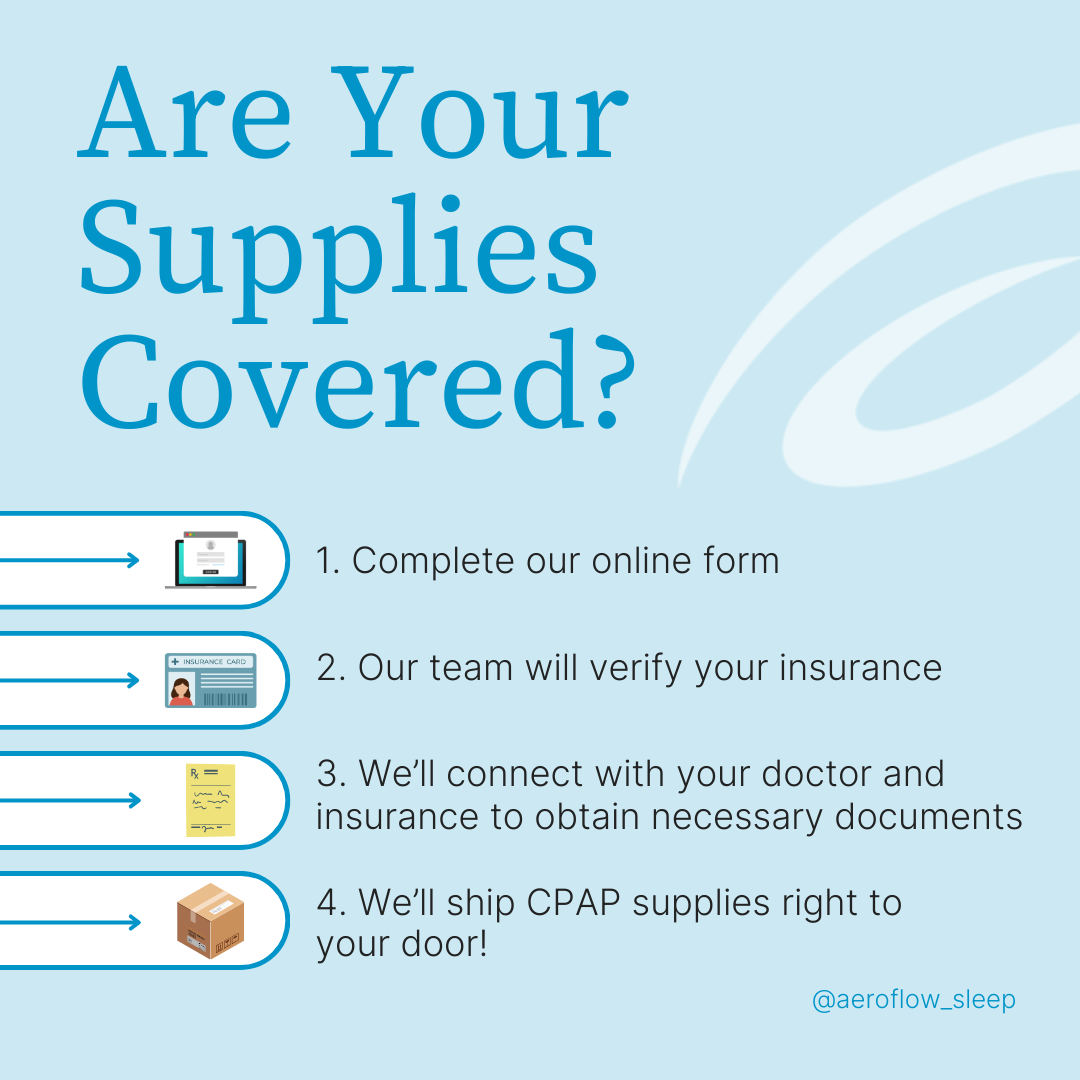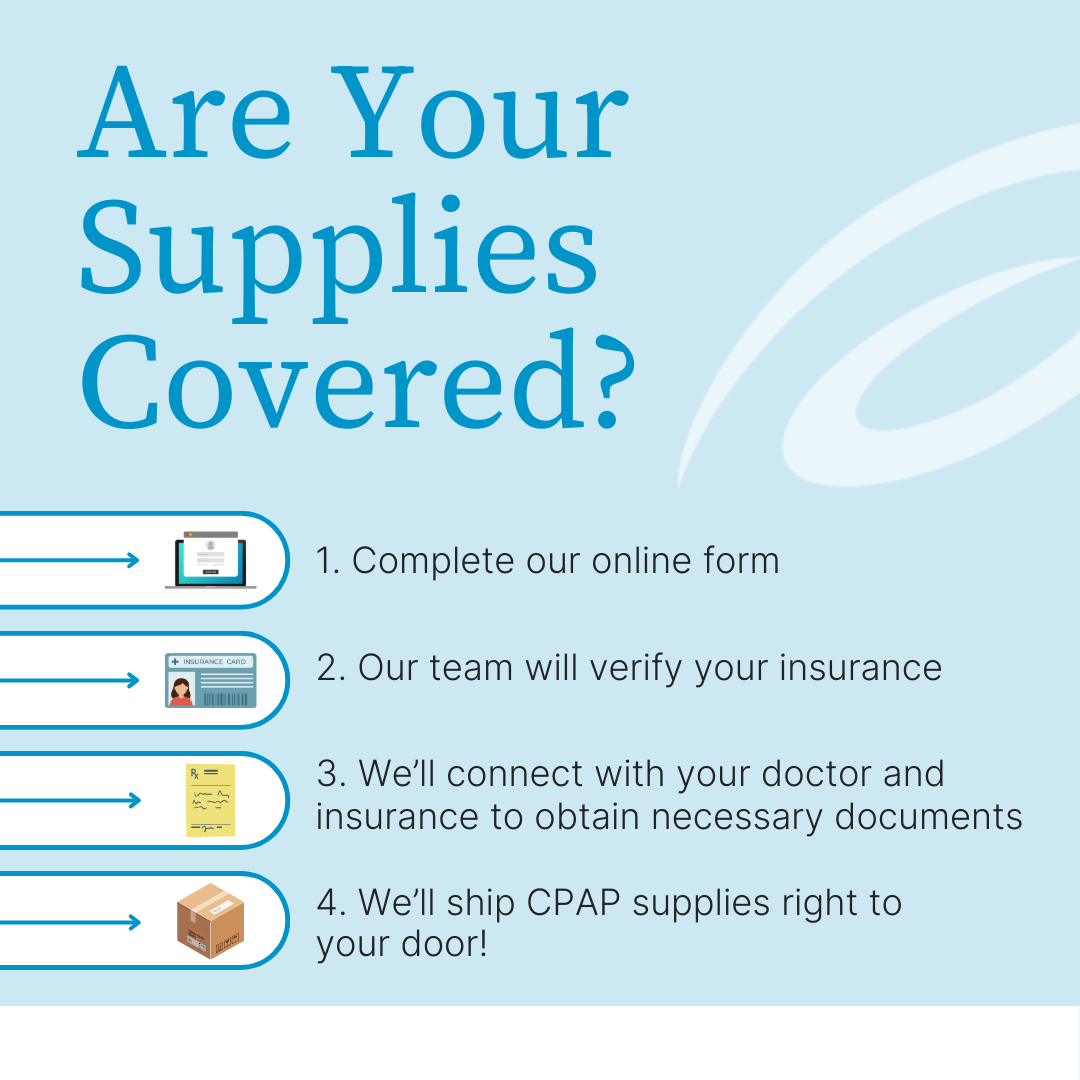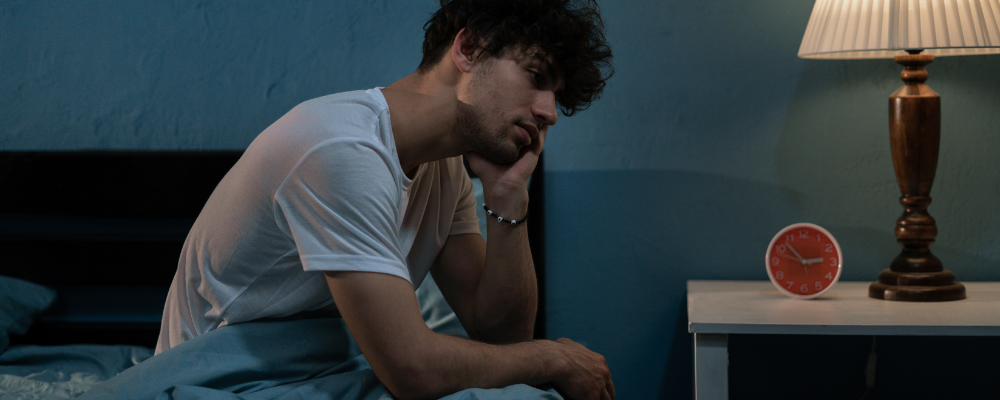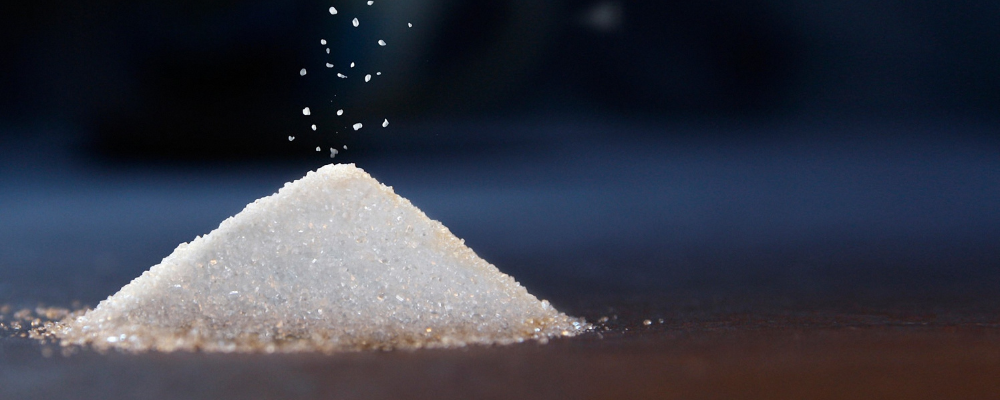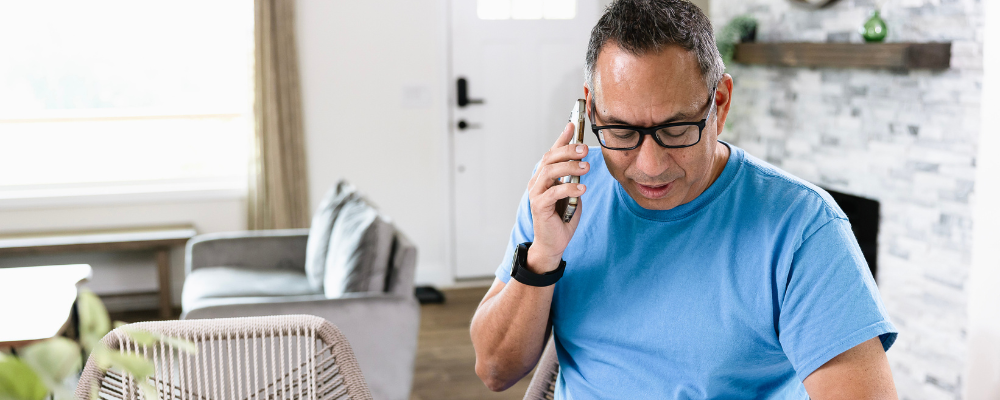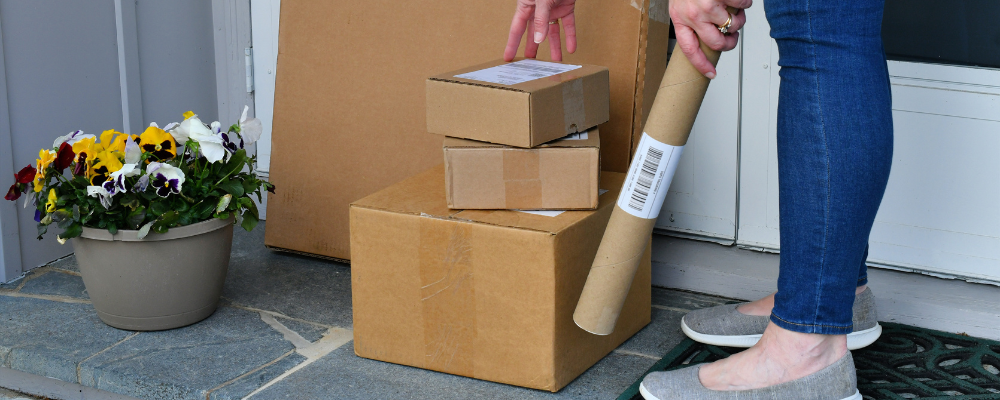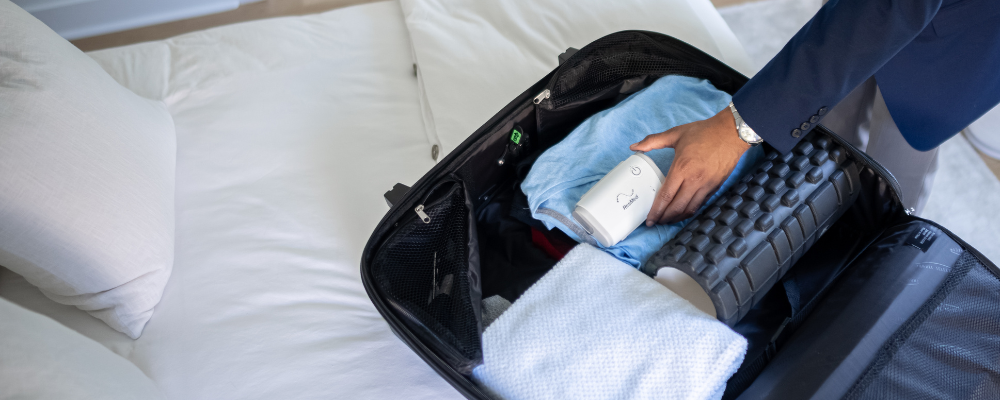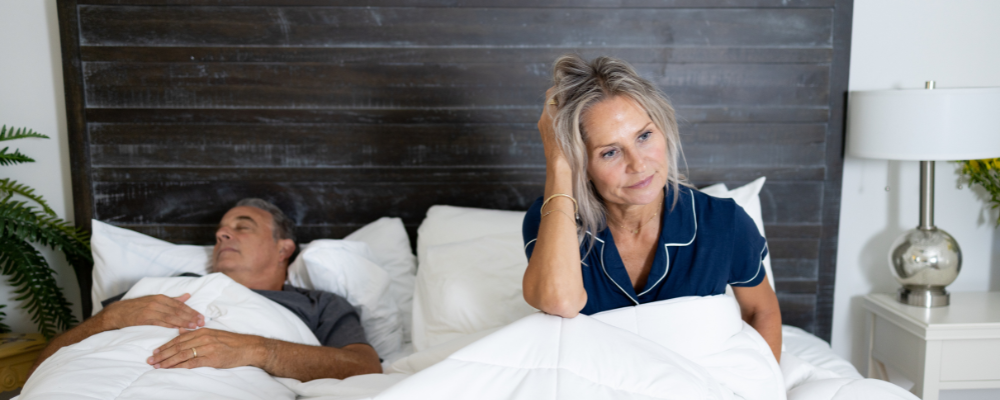From Europe to China to Canada to Asheville, North Carolina, where Aeroflow Sleep is headquartered, inflation is here. It’s a fact we all have to face, but the scary thing is…it will soon affect your ability to get sleep apnea devices. That’s why we want to take this time to be transparent, shedding light on exactly what’s happening within our very own industry, and how you can remain in control of your health and wellbeing with the help of Aeroflow Sleep.
What Is The Global Burden Of Sleep Apnea?
Sleep apnea is a form of sleep-disordered breathing that occurs when the upper airway can’t stay open during sleep, either due to an obstruction or your central nervous system fighting back. The former is the most common form of sleep apnea and is called obstructive sleep apnea, or OSA. One tally claimed nearly 1 billion people worldwide have OSA.
The global burden is then amplified when you consider how the prevalence of sleep apnea greatly increases when you factor in those who remain undiagnosed. The most alarming statistic comes out of the United States of America where, in 2009, over 80% of adult Americans with sleep apnea remain undiagnosed, with some experts indicating that number could be as high as 93% today. But, how is that amplified? Wouldn’t the general population who go without treatment reduce the economic demand for treatment?
It’s true, fewer CPAP users may reduce demand, but demand is already high. With evidence to support that demand should be 8 times what it is, that’s a major concern for patients and CPAP manufacturers alike. Plus, medical conditions connected to OSA—cardiovascular disease, hypertension, obesity, and so on—put the patient at increased risk. These are called comorbidities and can cement the need for a sleep apnea machine when OSA is present, escalating economic demand even further.
What Is The Current State Of The OSA Devices Market?
Before we address how unusual the current state of the OSA devices market is, let’s recap how OSA is diagnosed and treated. First and foremost, you need to have certain symptoms; such as daytime sleepiness, dry mouth and morning headaches, maybe even erectile dysfunction. If you do, you can ask your doctor about polysomnography; simply put, a sleep study. This is performed either in a lab or at home and, measuring your apnea-hypopnea index (AHI), will inform the doctor of your severity; mild to severe obstructive sleep apnea.
Obstructive sleep apnea can be treated in a number of ways, but the gold standard among healthcare professionals is currently continuous positive airway pressure, or CPAP. This form of sleep medicine pushes pressurized air against the soft tissues of your throat and mouth. The air is transmitted through a PAP device; normally a CPAP machine, however there are bilevel (BiPAP) and auto-titration (APAP) devices too. The main purpose of any OSA device is to prevent your upper airway from collapsing during sleep, and it’s most likely what your doctor will prescribe during their follow-up visit.
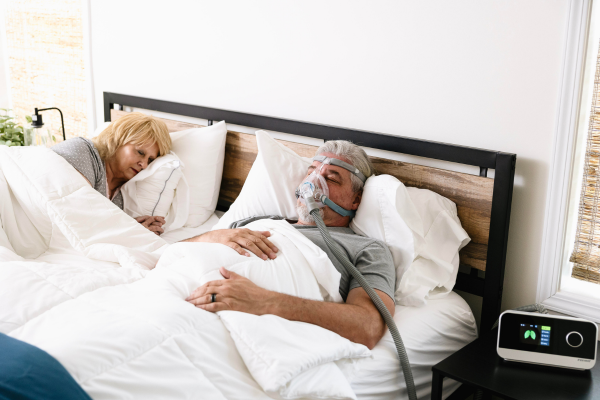

But, we digress; the OSA devices market is indeed turbulent. As recently as 2022, there was actually a CPAP machine shortage. The COVID-19 pandemic certainly played a part, but you also had semiconductor chips being prioritized for new cars instead of life-saving medical devices and America’s favorite CPAP machines being recalled: the Philips Respironics Dreamstation series. Since then, Philips Respironics has vacated the American market entirely, leading to a significant strain on the industry to seek replacements. Such volatility and fragmentation led to a competitive shift, rapidly advancing practically any PAP manufacturer who could produce a device approved by the Food & Drug Administration (FDA.)
Who Is The Market Leader In CPAP?
Due to Philips Respironics’ recall, ResMed usurped Philips as the leading manufacturer of CPAP supplies. ResMed now makes machines and masks for more than half of America’s sleep apnea patients, and Philips will not manufacture PAP machines anymore.
How Big Is The Sleep Apnea Devices Market?
ResMed may be today’s market leader, but they are certainly not the only sleep apnea device manufacturers. The sleep apnea devices market is HUGE! Fisher & Paykel is another tried and true company who’s been around the block, arguably second best in the business now, and they also manufacture CPAP masks. Then, there are the newcomers.
So many changes to the industry provided previously unheard of brands the opportunity to flourish; including 3B Medical (now known as React) and Resvent. In fact, the latter is a Chinese company that once shipped products to suppliers (like Aeroflow Sleep) faster than ResMed. That’s because the FDA’s Emergency Use Authorization allowed this manufacturer to mass produce medical devices during the pandemic. Now, they’re here to stay, but at what cost?
Research revealed, “[The] global sleep apnea devices market will reach a value of US$ 9.95 billion by 2030… The market is appraised at US$ 6.06 billion as of 2023… The market study encompasses various regions, with China forecasted to exhibit robust growth within the Asia-Pacific market for sleep apnea devices. China's market expansion is energized by an increased prevalence of sleep disorders, heightened awareness regarding the health consequences of sleep apnea, and advancements in sleep apnea diagnostic systems.”
"The market is appraised at US$ 6.06 billion as of 2023..." - MarketWatch
Why Might Inflation Matter To A CPAP User?
If you choose to purchase your CPAP supplies outright, you may be subjecting yourself to the negative consequences of global inflation. It’s not up to the supplier what they set the price of their CPAP machine, mask, and accessories to; there’s a percentage they have to be within, provided by the manufacturer, before any outside retailer can sell them. Aeroflow Sleep doesn’t have to bother with that, and as prices continue to skyrocket, you don’t have to worry about how many cents to the dollar you’re actually paying.
Aeroflow Sleep gets all of its sleep apnea devices and parts covered up to 100% through your insurance, so you’ll have peace of mind that the price stays the same every time; it may even be at no cost to you. We accept most private insurance providers; including Aetna, Blue Cross & Blue Shield, Cigna, Humana, and United Healthcare. We are also accredited by Medicare and Medicaid and can take any combination of these as secondary insurance plans.
To find out if you’re eligible for CPAP supplies from Aeroflow Sleep, please fill out our online qualification form below. It takes 5-7 minutes to complete, and then our dedicated team of sleep specialists will be ready to help you. We’ll even set you up with an in-home or telehealth appointment with one of our expert clinicians as well as an online, user-friendly patient portal that you can access to refill your prescribed treatment options as they need to be replaced.
So, rest easy; when you’re a member of the Aeroflow Sleep family, the world economic outlook can now be glossed over where your sleep apnea is concerned.

